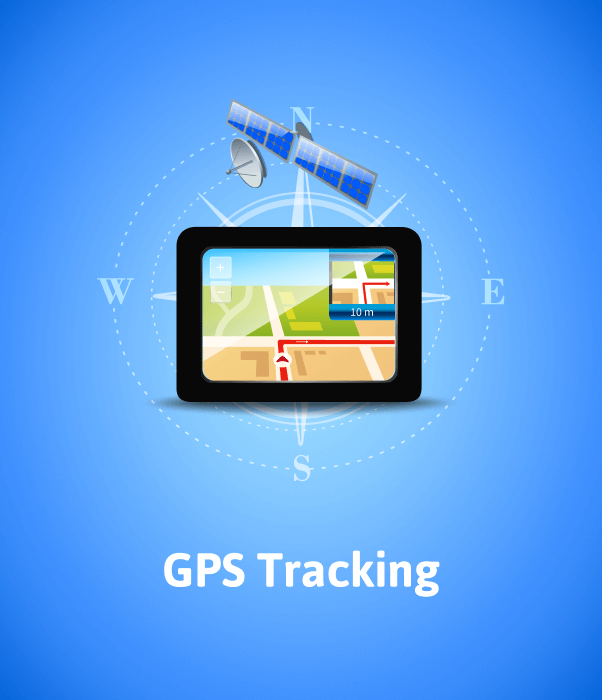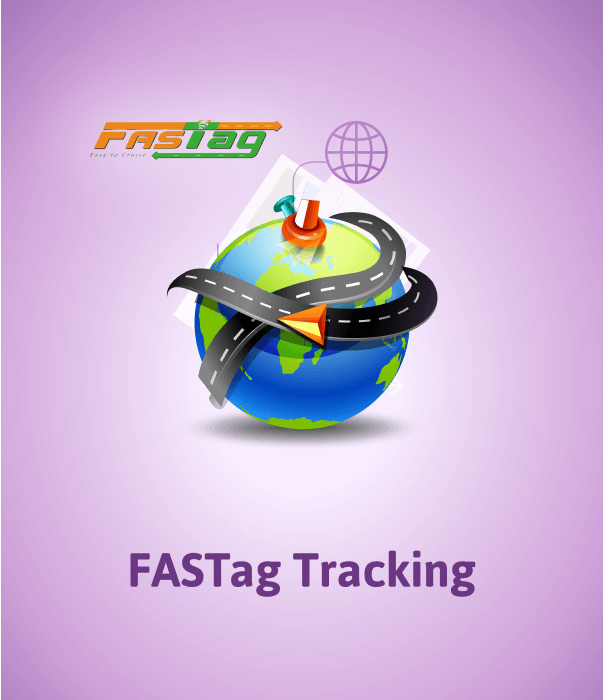GPS Tracking vs. SIM Tracking vs. FASTag Tracking
Explore each tracking method and present a comparison table to help you make an informed decision for your tracking needs.
80% of goods transportation happens through market hired trucks. Tracking market trucks is crucial for ensuring efficient and secure transportation of valuable shipments. While GPS tracking is a well-known option for tracking vehicles, SIM-based tracking and FASTag tracking have emerged as alternative solutions in the Indian logistics industry. In this blog, we will explore each tracking method and present a comparison table to help you make an informed decision for your tracking needs.

Mobile GPS Tracker
A mobile GPS tracker is a chargeable device that offers high tracking accuracy and flexibility in tracking intervals, ranging from every 5 seconds to 24 hours. The device’s battery capacity allows for tracking over 10 to 30 days.
Pros:
- Accuracy: GPS trackers provide superior tracking accuracy compared to other options.
- Customizable Tracking Intervals: Users can set tracking intervals as per their requirements.
- Comprehensive Tracking: GPS trackers offer real-time tracking and detailed historical data.
Cons
- Capital Cost: Implementing GPS tracking systems requires a significant initial investment in hardware, software, and installation.
- Operational Difficulty: Managing reverse logistics to retrieve trackers can be challenging, and in-transit damage may occur.
SIM-Based Tracking
SIM-based tracking uses a SIM card to determine the vehicle’s location based on the nearest cellular tower. It offers basic location tracking without requiring an internet connection.
Pros:
- Cost-Effective: SIM-based tracking is relatively affordable as businesses pay for the trips they choose to track.
- Simple Setup: No device installation or software testing is needed, making it easy to use for drivers and managers.
- Works with Basic Phones: Can be used with basic feature phones and a SIM card.
Cons:
- Tracking Accuracy: It uses cellular triangulation models and it is in a range of 0.5 to 3 KM radius variance.
- Phone Switched Off / Driver Changed: Only 50% of the trucks can be tracked with this method as phones might be switched off or drivers might change during intransit.


FASTag Tracking
FASTag, originally designed for cashless toll payments in India, can also be extended for commercial tracking purposes, including hired trucks.
Pros:
- Accuracy: FASTag tracking has more accuracy than SIM based tracking as it’s based on time the truck crossed a toll booth.
Cons:
- Dependency Toll Crossing: The system relies on trucks crossing the toll, If trucks take a non-toll route. It won’t be possible to get the truck location
- Tracking Interval: Tracking Interval cannot be controlled as tracking is only based on when a truck crossed a toll gate.
In summary, each tracking method – GPS tracking, SIM-based tracking, and FASTag tracking – comes with its own set of advantages and disadvantages. While GPS tracking offers high accuracy and comprehensive data, it involves a significant upfront investment. SIM-based tracking is cost-effective but driver change during transit and mobile phone switch off leads to only 50% tracking. FASTag tracking high success rate but dependency on toll based route and tracking interval is a concern.
As a transporter or freight broker, choosing the right tracking method depends on your specific needs and budget constraints. Assessing the key features of each option will help you make an informed decision to enhance the efficiency and security of your hired truck operations.
Comparison Table
| Features | GPS Tracking | SIM Tracking | FASTag Tracking |
|---|---|---|---|
| Tracking Accuracy | High | Moderate | Moderate |
| Capital Cost | High | Low | Low |
| Real-Time Tracking | Yes | Limited | Yes |
| Dependency on Network | No | Yes | Yes |
| Operational Ease | Moderate | Easy | Easy |
| Compatibility | Specific Device | Basic Feature Phone | Vehicle FASTag |
| Tracking Interval | Customizable | – | – |
| Fuel Savings | – | – | Potential Savings |